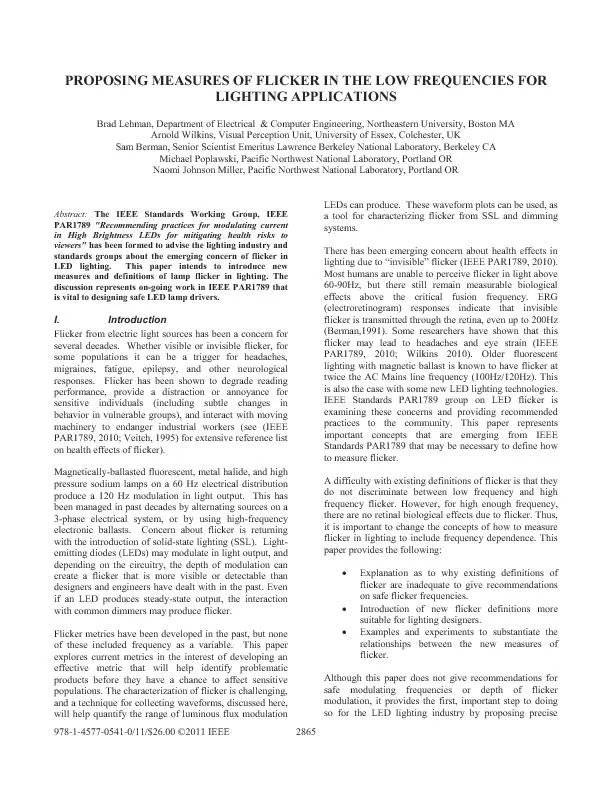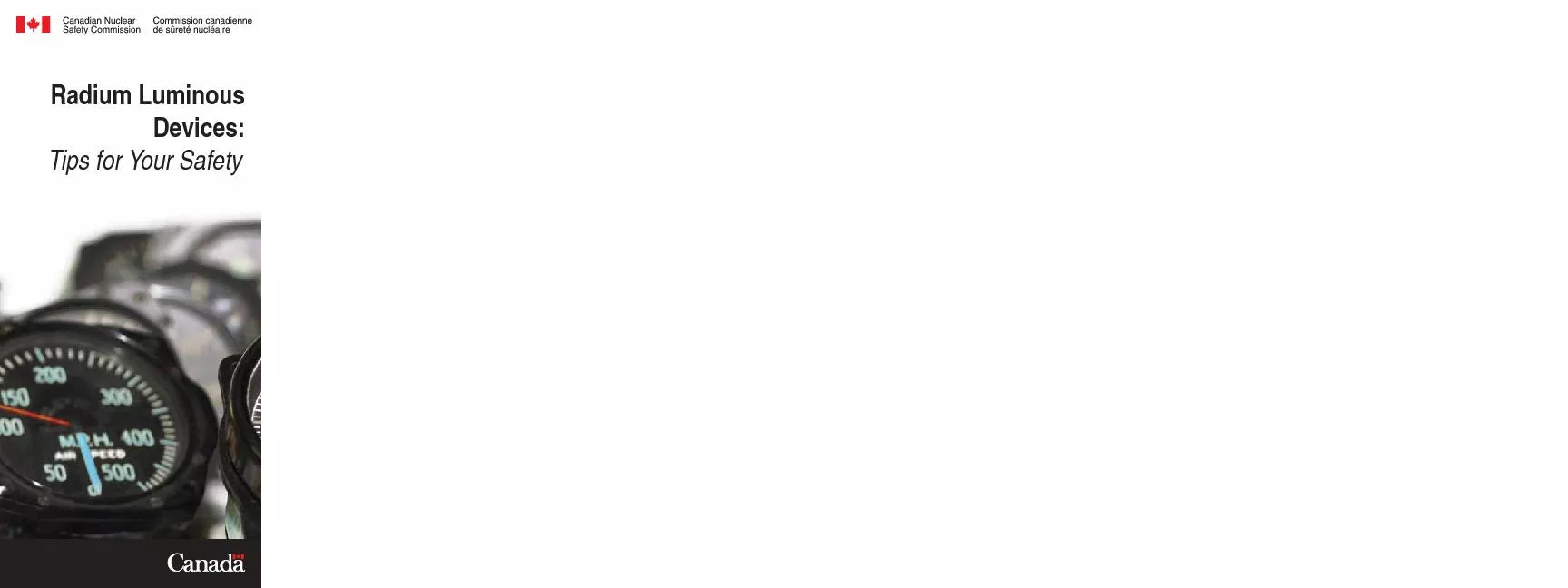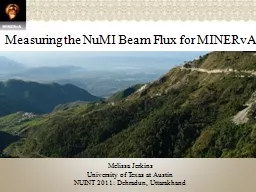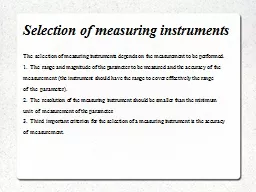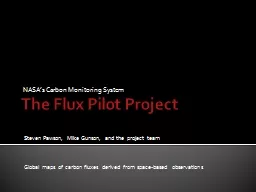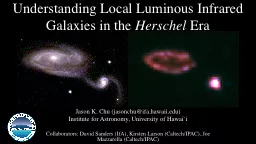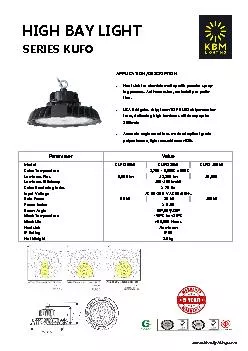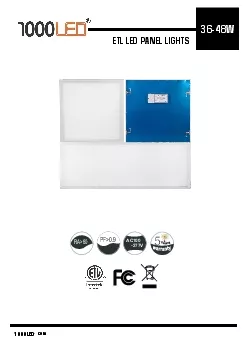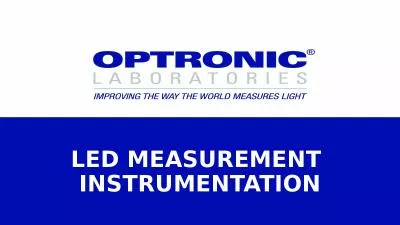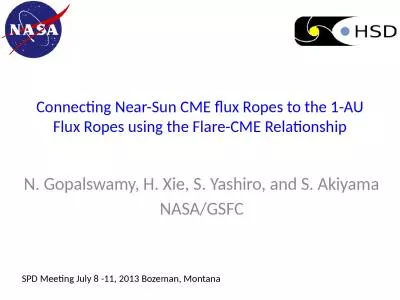PDF-At present, a standard procedure for measuring luminous flux modulatio
Author : natalia-silvester | Published Date : 2016-04-16
Photosensor UDT Model 211 Transimpedance amplifier UDT Tramp Digital Oscilloscope Tektronix DPO2014 Data Acquisition LabVIEW SignalExpress Data PreProcessing Microsoft
Presentation Embed Code
Download Presentation
Download Presentation The PPT/PDF document "At present, a standard procedure for mea..." is the property of its rightful owner. Permission is granted to download and print the materials on this website for personal, non-commercial use only, and to display it on your personal computer provided you do not modify the materials and that you retain all copyright notices contained in the materials. By downloading content from our website, you accept the terms of this agreement.
At present, a standard procedure for measuring luminous flux modulatio: Transcript
Download Rules Of Document
"At present, a standard procedure for measuring luminous flux modulatio"The content belongs to its owner. You may download and print it for personal use, without modification, and keep all copyright notices. By downloading, you agree to these terms.
Related Documents

